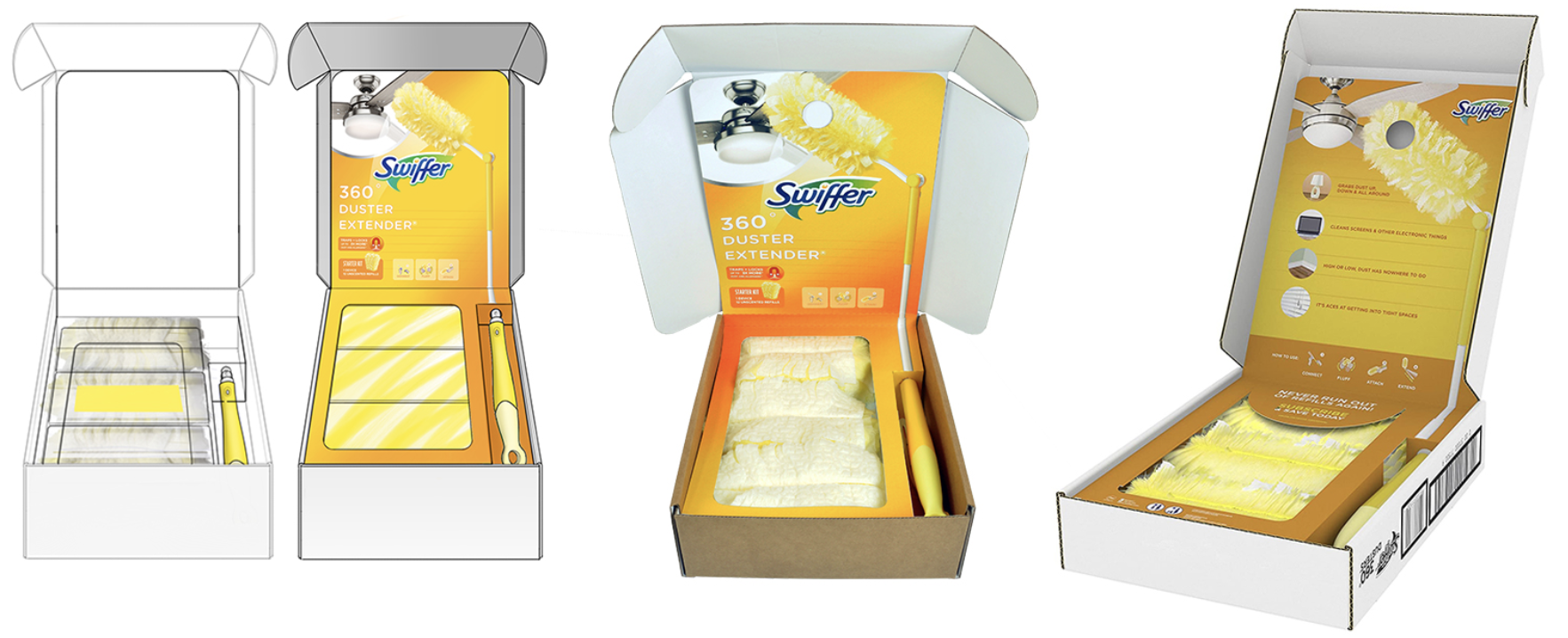It’s no secret that launching a product can be incredibly time-intensive and expensive. You have to invest in product development, tooling, manufacturing, and creating inventory, all of which carry their own expenses. This is one reason that crowdfunding has become a popular way to launch products; you can raise the funds for your product without having to go through the entire process. Crowdfunding, though, also has its risks. Luckily, there’s a way to avoid wasting your money: running a dedicated test before you go through the crowdfunding process is an easy way to find out how many of your fans will actually become customers, and it can be done at a much lower cost than running a full campaign.
Testing helps you learn a lot about your business. In addition to identifying actual customers, you can find out how much they’re willing to pay and what kinds of products they’re willing to purchase. You can determine what the best return on ad spend (ROAS) is. You can fine-tune your product messaging and positioning. And you can do all of this before making the jump into a full campaign.
Thinking about crowdfunding as two separate steps is critical to mitigating your risk as an entrepreneur. Making testing your first step and the campaign your second step means that you won’t launch before you’re confident you’ll be successful (and have the data to back that up).
SPRYNG
Let’s look at a small case study to get an idea of the valuable insights that a crowdfunding test can give you. We launched the campaign for SPRYNG in 2019, and between the live campaign and their post-campaign store on Indiegogo InDemand, helped them raise over $1,000,000 from more than 6,000 backers. They’re now live with their own website, and they’ve expanded the SPRYNG lineup.
Their campaign wasn’t the beginning of their journey with us, though… it was the middle.
When SPRYNG’s parent company first approached us with the goal of raising a million dollars, we knew we had to do a lot of testing. They already knew what their production costs would look like, and fortunately for them, those costs were extremely low relative to their projected retail price. When we went through the TestBoom process with SPRYNG, though, we noticed something: the product actually performed better at a higher price than the company originally anticipated. In fact, the price we settled on for the Kickstarter campaign was nearly twice what the company had planned to sell it for. Of course, their production cost didn’t change just because their retail price did, so their profits went up as well!
But why did it happen?
Generally speaking, when a product’s price is lower, your volume of sales will increase. As the price goes up, the volume goes down. However, in certain cases, your volume actually increases when your price increases. This happens with products like SPRYNG, where a higher price point makes potential customers believe that your product is of a higher quality than if you priced it lower.
Increasing customer trust while also effortlessly increasing the profit margin? It never would have happened without testing!
Using a funnel
Simply put, a funnel is a way to get people from your audience to purchase your product. Our funnel has three main touch points, and we’ll dive into the purpose of each separately!
Advertisement
The ad is the first thing a potential customer will see. It’s the hook that gets someone interested in a product. We run our ads through Facebook and Instagram, which have massive audiences and a good structure for targeting them. The ad’s purpose is to get people to click, which then funnels them to the landing page.
We test out a lot of different crowdfunding ads, changing up things like images, GIFs, and stop-motion videos. Most people are visual learners, so presenting information in different visual formats is a great way to grab their interest right off the bat. By running multiple ad sets at the same time, we’re able to test them against each other, seeing which have the most cost-effective engagement and further refining those. This ad testing phase lets us figure out what we need to say and how we need to say it to get through to the most people.
Landing page
The landing page is there to educate people about the product. We tell them what it does and why that matters. This is most effectively done by describing a problem, showing the current solutions, and then explaining why this product does it better. By offering an emotionally resonant solution to whatever problem is being solved, we work to convince people that they need whatever product we’re offering.
This landing page goes through the same testing process as the ads to determine the visuals and copy that best convey the message and sway people to sign up for the email list. The more email addresses that a specific landing page gets, the better its overall design is working. By split-testing different pages against each other, we’re able to see which gets the most email signups and therefore determine a winner.
Reservation page
Everyone who submits their email address on the landing page is taken to the reservation page. This page asks people to put down a $1 reservation, guaranteeing them access to the best price on the product when it launches. These people become your pre-launch VIPs, and the VIP list is 30x more likely to back your campaign than your regular email list. You can read more about the reservation funnel here.
This reservation page is where we reveal the price point for the first time. We do this very intentionally; this way, we can see how many people are interested in the product but balk at the price point. This is how we successfully run a crowdfunding price test as mentioned in the SPRYNG case study above.
Determining a winner
The first thing we look at when determining a winner is cost per lead. We’re looking for a cost around or below $1.50. Hitting this mark means we’re confident in our ability to build an email list at a cost-effective rate.
The second, more important metric that we look at is the cost per reservation. This is the amount of ad spend it takes to get someone to put down that dollar reservation. You can use your cost per reservation to determine how much your crowdfunding campaign is likely to raise, which can tell you if it’s going to be profitable or not.
There’s no generic “good” cost per reservation; it’s really based on your price point and your margins. A $50 cost per reservation would be disastrous for a $60 product, but would be incredible for a $4,000 product. Likewise, a $20 cost per reservation looks a lot better on a $150 product if you have high margins, but if your margins are low, then $20 might be too much. Generally speaking, though, our target cost per reservation is 20-25% of the lowest product discount price offered during the campaign.
Test, test, test your crowdfunding idea!
The value of testing really can’t be overstated. Testing can tell you:
- Whether there’s enough demand for your product to make a launch worth it
- What specific copy, graphics, GIFs, and videos bring in the most people at the lowest cost to you
- What messaging resonates with your audience
- How much of your email list is likely to convert
- What the best retail price for your product is
The process will save you time. It’ll save you money and frustration. You’ll be in a much better place to fulfill your crowdfunding campaign’s rewards and move into eCommerce. You will have more energy and excitement around building your next product and expanding your brand.
There’s a reason that our framework here at LaunchBoom is “Test.Launch.Scale.” You have to start at the beginning with thorough, deliberate testing. Without it, your launch can struggle or even fail, and you may never reach the point where you’re able to scale your business.
This guest blog post was provided by Brad Enright at Launchboom. Looking to meet or exceed your campaign goals on Kickstarter or Indiegogo? Contact Brad at brad@launchboom.com or visit www.launchboom.com for more information.



